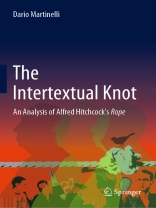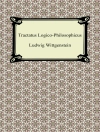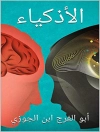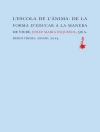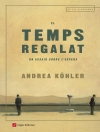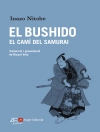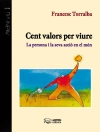This book is a thorough analysis of Alfred Hitchcock’s Rope (1948) and of its multiple connections with the Leopold and Loeb murder case and the adaptation of Patrick Hamilton’s eponymous play.
As an all-encompassing portrait of the movie, the book discusses its aesthetics, style, role within cinema history, challenges in production, innovations introduced and of course Hitchcock’s signature features. However, as the analysis unfolds, the film reveals itself as an actual journey through the nightmares and the hopes that characterized the 20th century. Nazism and anti-Nazism, antisemitism, homophobia, democracy and totalitarianism, capital punishment and second chances, human rights, World War II, misogyny, tolerance and discrimination, Supermanism and humanism, artistic freedom and censorship. Subtly, often between the lines, and with Hitchcock’s usual dark humor, Rope is nevertheless a much stronger social and political statementthan it was ever given credit for.
The Intertextual Knot is aimed at a varied readership, including film scholars, historians, philosophers and film enthusiasts.
Зміст
Chapter 1: Preparing the knot.- Chapter 2: Other knot types.- Chapter 3: Tying the knot.
Про автора
Prof. Dr. Dario Martinelli (1974) is Full Professor at Kaunas University of Technology, Adjunct Professor at the Universities of Helsinki and Lapland, and Editor-in-Chief of the Springer book series ‘Numanities – Arts and Humanities in Progress’. As of 2021, he has published fourteen monographs and nearly 150 among edited collections, studies, and scientific articles. He has been recipient of several prizes, including, in 2006, a knighthood from the Italian Republic for his contribution to Italian culture.
